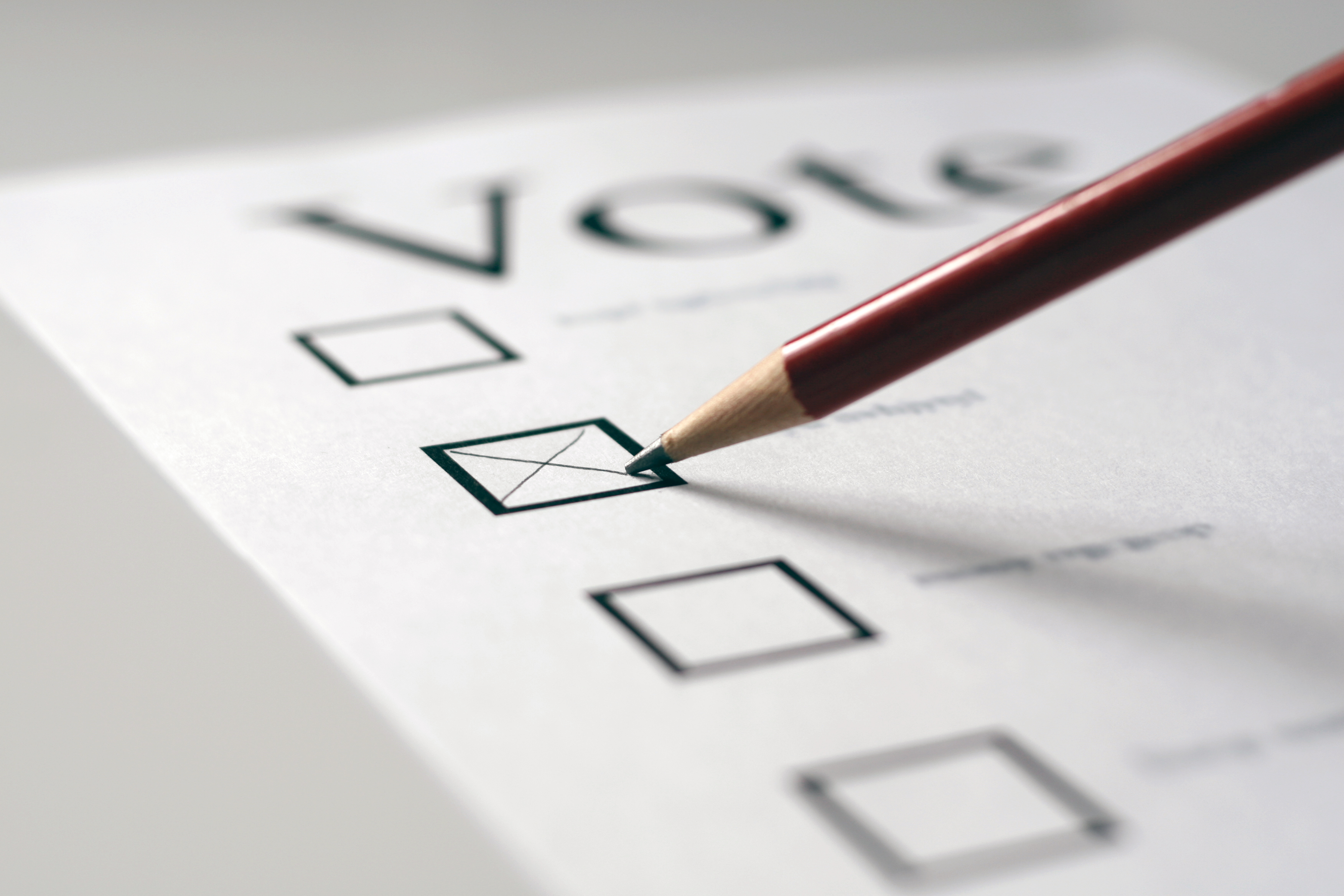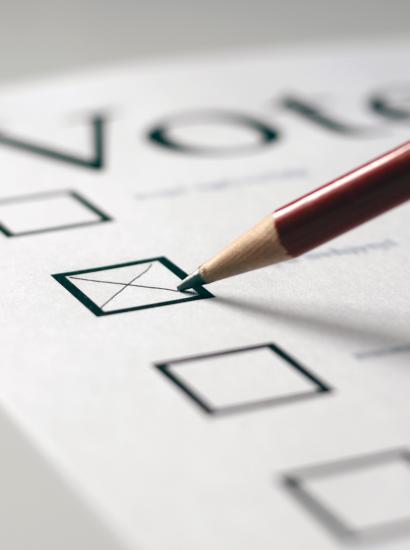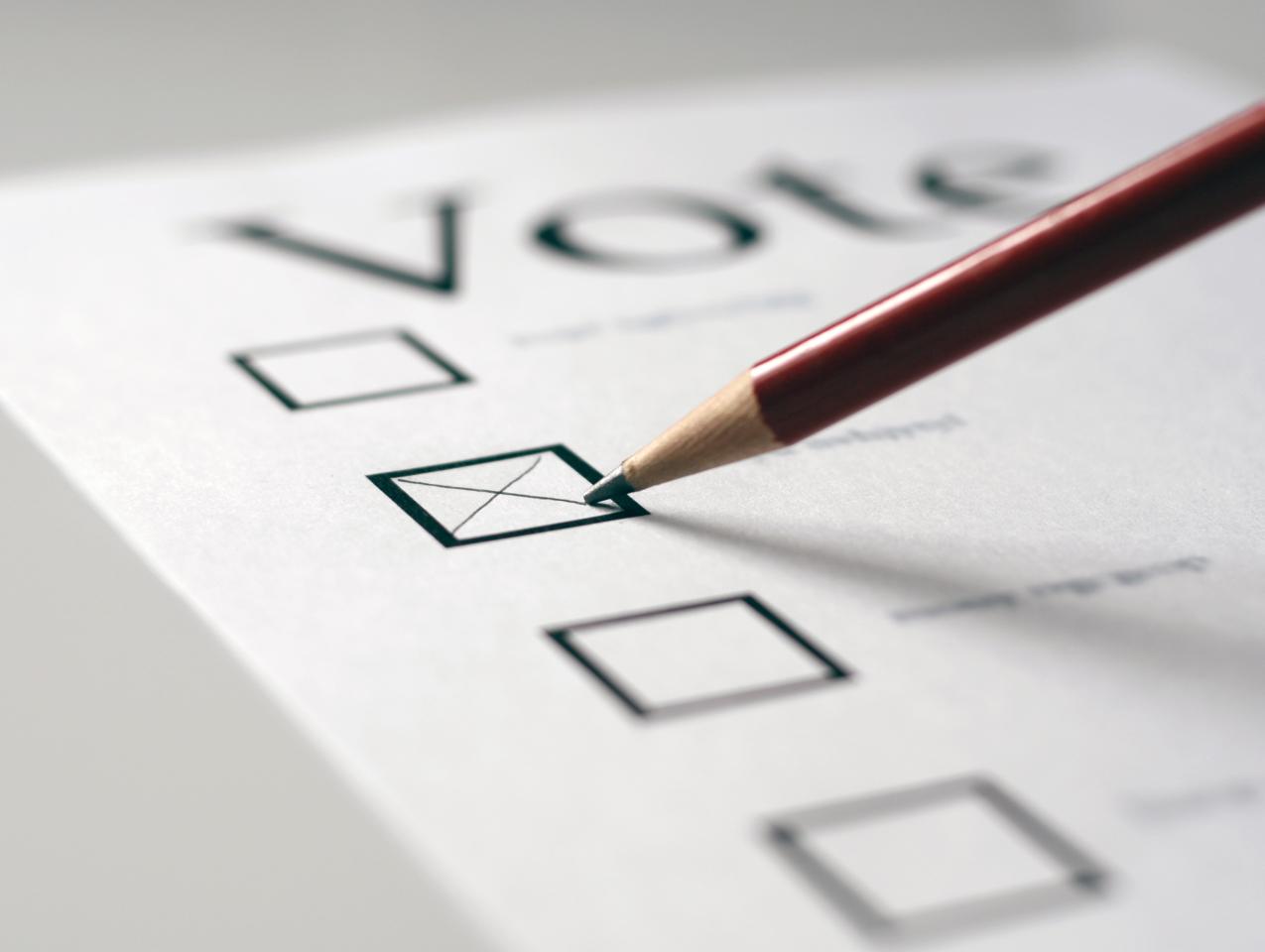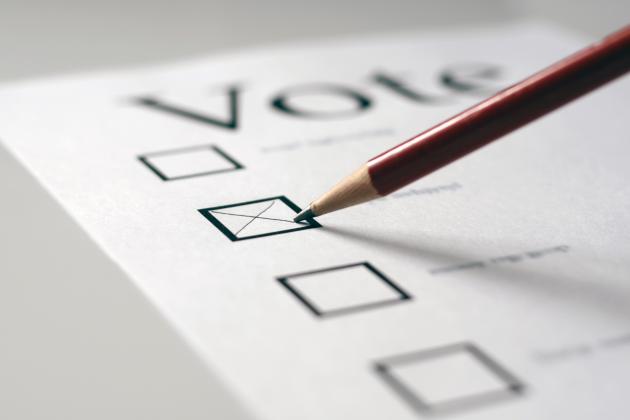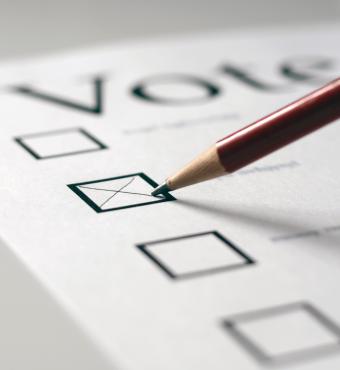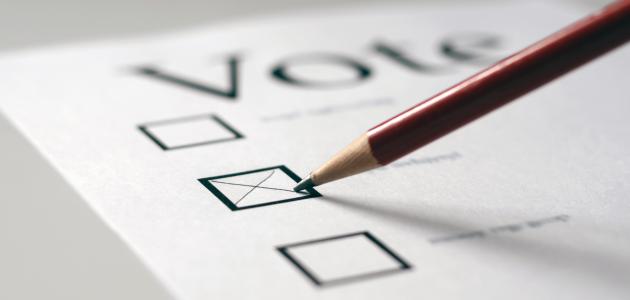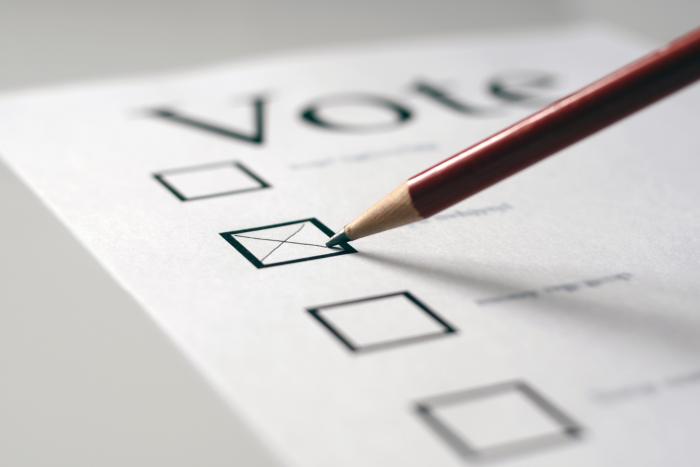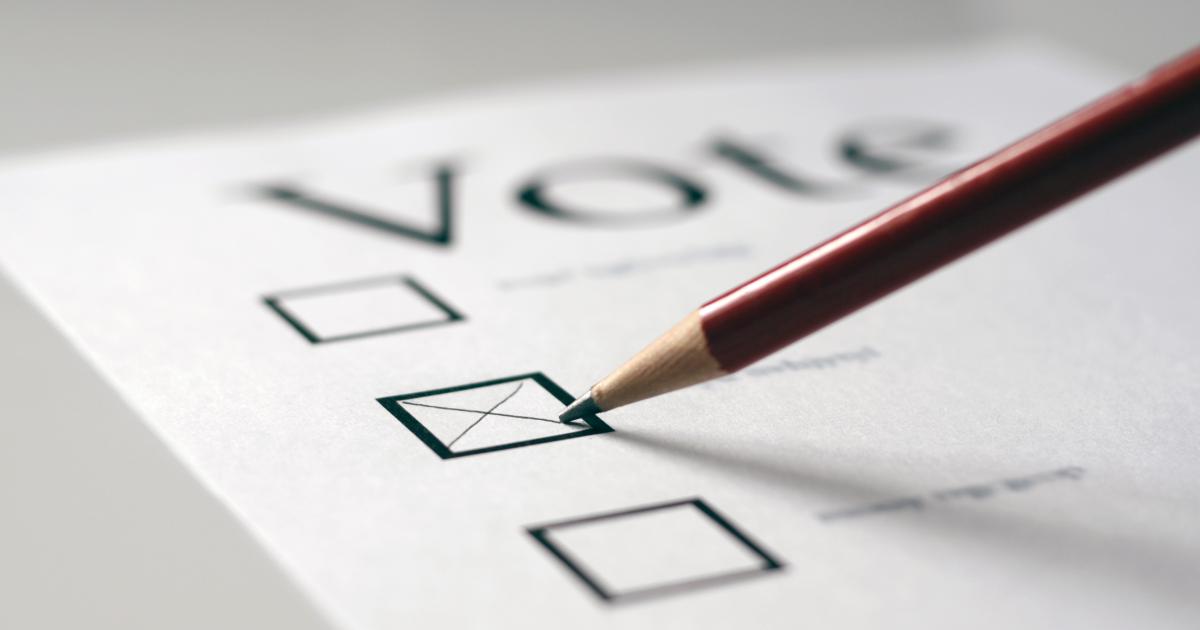- Politics, Institutions, and Public Opinion
- Campaigns & Elections
- The Presidency
- State & Local
- California
Now that the candidates have had their collective say in last night’s televised debate, it seems like a good time to ask: What if one of these hopefuls—or someone else who’s on the ballot but didn’t bother to take part in last night’s festivities at the Nixon Library—actually manages to take office as California’s 41st governor?
It’s not as far-fetched a scenario as you might imagine. Recent polls show the first of two questions on the September 14 special-election ballot—a yea-or-nay vote on whether to recall Gov. Gavin Newsom—within striking distance of passing. If so, then the “winner” of the election is the candidate who garners the most votes on the ballot’s second question (the choice among 46 Californians seeking to become a replacement governor).
Should that occur, imagine the statistical oddness.
In 2003, Arnold Schwarzenegger finished first among the 135 recall candidates looking to topple then governor Gray Davis (this year’s just 46 candidates make it a leaner field). Schwarzenegger raked in a tad over 4.2 million votes—impressive in that the first-time candidate received almost 700,000 more votes than did Davis in the previous November’s regularly scheduled election.
That vote disparity helped to lend legitimacy to Schwarzenegger’s abbreviated run for governor (just a two-month sprint); well, that and the fact that almost 9 million Californians cast a ballot to decide Davis’s fate in the October 2003 recall contest, whereas nearly 7.5 million Californians participated in the November 2002 governor’s race.
Why this is relevant to what happens in mid-September, when Californians return to the polls: absent both the novelty factor that was in play in 2003 and the magnetic draw of a candidate of Schwarzeneggerian dimensions, it’s difficult to imagine a scenario that has next month’s turnout surpassing the nearly 12.5 million Californians who took part in the last election directly involving Newsom (November 2018’s governor’s race). Moreover, the relatively low name recognition of this year’s recall candidates makes it unlikely that one of the contestants will reach the same 48.6% threshold that Schwarzenegger achieved in his maiden run.
But it’s what Schwarzenegger did after his recall victory that likewise seems unlikely to repeat in 2021 should another Republican take over as California’s governor.
On his first day in office, Schwarzenegger made good on a campaign pledge by signing an executive order repealing the 300% increase in vehicle fees that went into effect just days before the recall vote (Arnold’s move, while politically popular, would cost the state billions in lost revenue in subsequent years).
That much a Republican successor to Newsom is likely to do: paper Sacramento with executive orders (here’s a list of Schwarzenegger’s EOs). If you listen to this Ricochet podcast, you’ll hear that’s what one of the recall contenders, talk radio host Larry Elder, intends to do (one of his targets: the notorious California Environmental Quality Act).
But here’s something else that Arnold did soon after taking office that Elder or any other recall winner is unlikely to replicate: get the legislature to bend to his or her will.
A few months into his first term and riding high in the polls, Schwarzenegger made good on another campaign pledge when he signed a measure that revamped California’s workers’ compensation system (“No longer will workers’ compensation be the poison of our economy,” Schwarzenegger declared. “Our message to the rest of the country and the world is that California is open for business.”)
There are multiple reasons why the new governor, though unconventionally elected to office, was able to pull off a knotty piece of legislation like workers’ comp reform. Chief among them: the governor doing his due diligence in charming lawmakers, plus an experienced senior staff culled from previous Republican administrations that knew the nuances of negotiating with the Democratic-controlled state legislature.
But Arnold had one other ace up his sleeve: state lawmakers read the recall tea leaves and concluded that the charismatic, populist Schwarzenegger might be able to pick up legislative seats for Republicans in the November 2004 election. Therefore, better to cooperate with the new governor—at least, on one of his signature issues—than to risk being seen as obstructionist. But when that didn’t occur (despite Schwarzenegger campaigning up and down the state for GOP legislative candidates, there was no change in the partisan makeup of the state legislature), the new governor didn’t seem so invincible. Which in turn led to partisan politics-as-usual in Sacramento and, eventually, Schwarzenegger’s disastrous 2005 special election that was as much about the governor’s desire to regain alpha-dog status in Sacramento as it was the fate of a handful of ballot initiatives.
So what would occur should a replacement governor start the new year by approaching the legislature with a bold agenda in hand—and demanding its approval?
Odds are the governor’s proposals would be dead on arrival.
The better question: What might the legislature try to do to the replacement governor?
Let’s assume that none of the governor’s cabinet appointees would be confirmed (this isn’t true of judicial appointees, who don’t require legislative approval). That said, a California governor has the ability to appoint more than 3,000 individuals to nearly three dozen state government entities, many of which don’t require legislative input (trimming back on this bureaucracy and its associated costs is something a new governor should explore).
Here, things might get very messy in a hurry. The replacement governor would enter office soon confronting the harsh political reality of a June gubernatorial primary (should Newsom be recalled, the new governor would serve out the remainder of his first term, which expires in January 2023). How many appointees would want to come to Sacramento knowing it might be a one-year tour of duty? As for those Newsom appointees who don’t join the ranks of the unemployed, would they cooperate with the new regime or try to undermine it?
These weren’t challenges for Schwarzenegger in the immediate aftermath of his recall win. His came to office less than five years after Pete Wilson’s governorship had folded its tent—the end of 16 years of Republican governors in Sacramento. That meant plenty of talent available to fill the ranks of the executive branch. Moreover, Schwarzenegger could offer job security in that he didn’t face re-election until November 2006.
Finally, there’s one other piece of drama to consider in this alternate political universe: veto power.
The last time California’s legislature overrode a gubernatorial veto was over 40 years ago, amidst Jerry Brown’s first turn as governor (four of his vetoes were overridden from 1979 to 1980). However, with Democrats enjoying supermajorities in both legislative chambers (including their most State Senate seats since the 1880s), overriding the replacement governor’s vetoes would seem a simple matter of party unity.
Of course, this is all academic should Newsom survive the September 14 recall. Still, it speaks to a need for any recall candidate who takes this process seriously: in addition to crafting a substantial platform, figuring a way to hit the ground running in Sacramento—and navigating a contentious year in office.







